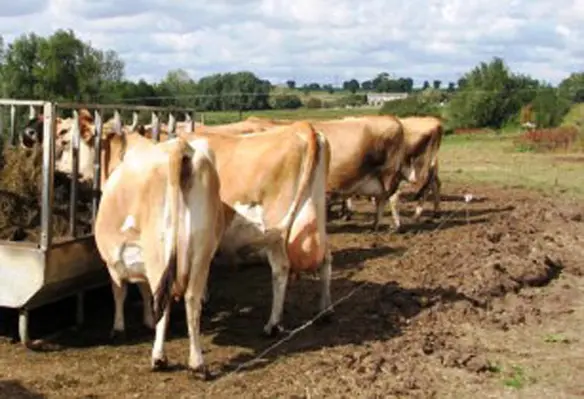The Philippines will export cattle feedstuff called total mixed ration (TMR) to South Korea early 2015, department of agriculture (DA) has announced
According to FAO, the TMR method is the practice of weighing and blending all feedstuffs into a complete ration, which provides adequate nourishment to meet the needs of dairy cows and contains the required level of nutrients needed by livestock like protein, minerals and vitamins.
Edilberto de Luna, assistant secretary at DA for field operations, said, “A Filipino firm in Alaminos, Laguna, is currently processing TMR for export to South Korea in January next year.
“The local TMR is composed of corn silage, rice hay, bagasse, sugar and pineapple toppings.”
Local feed processing company Benacorn Corporation has invested considerably for the production of TMR, Business Mirror reported.
In September 2014, Benacorn will also be exporting to Busan in South Korea 10,000 metric tonnes of corn silage, a form of animal feed composed of corn grain and corn plant.
De Luna added that Bayambang, Pangasinan, and Davao City will also be exporting around 2,000 metric tonnes each of the silage to South Korea this month.
The Philippines in June this year had secured a number of trade commitments and agreements with South Korean businesses that the government is expecting to help boost income and livelihood opportunities in the local agro-fishery industries.
Agriculture secretary Proceso J. Alcala said that his department and its counterpart agencies in South Korea also agreed to expand technical cooperation on food safety and sustainable food-production systems.
Hapchon is the South Korean firm that bought the Philippines’s first-ever export of corn silage between May and December 2013.
Currenty, the local industry requirement for corn is 5.3mn metric tonnes and the expected production for this year is around 5.4mn metric tonnes, excluding post harvest losses.





